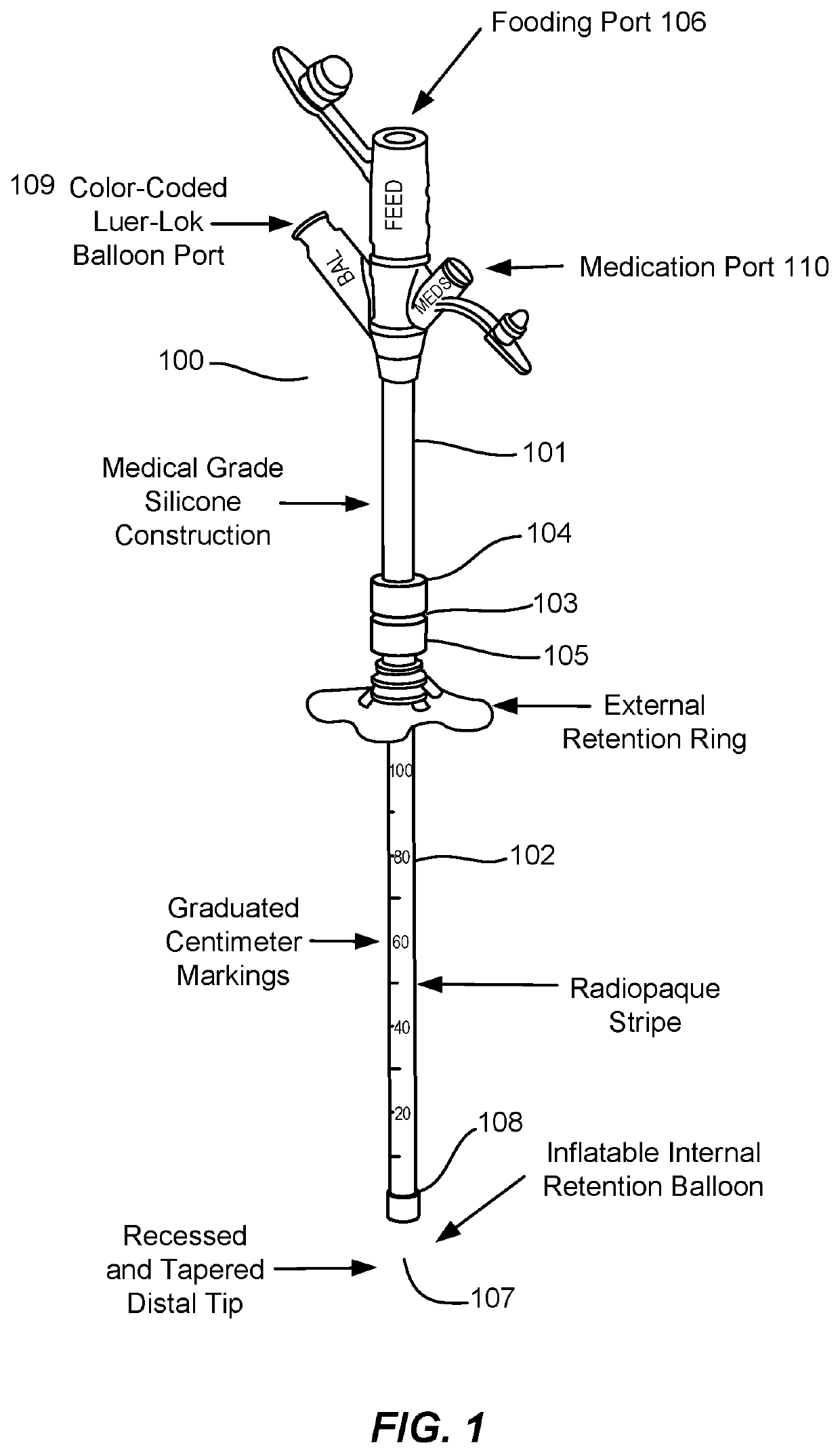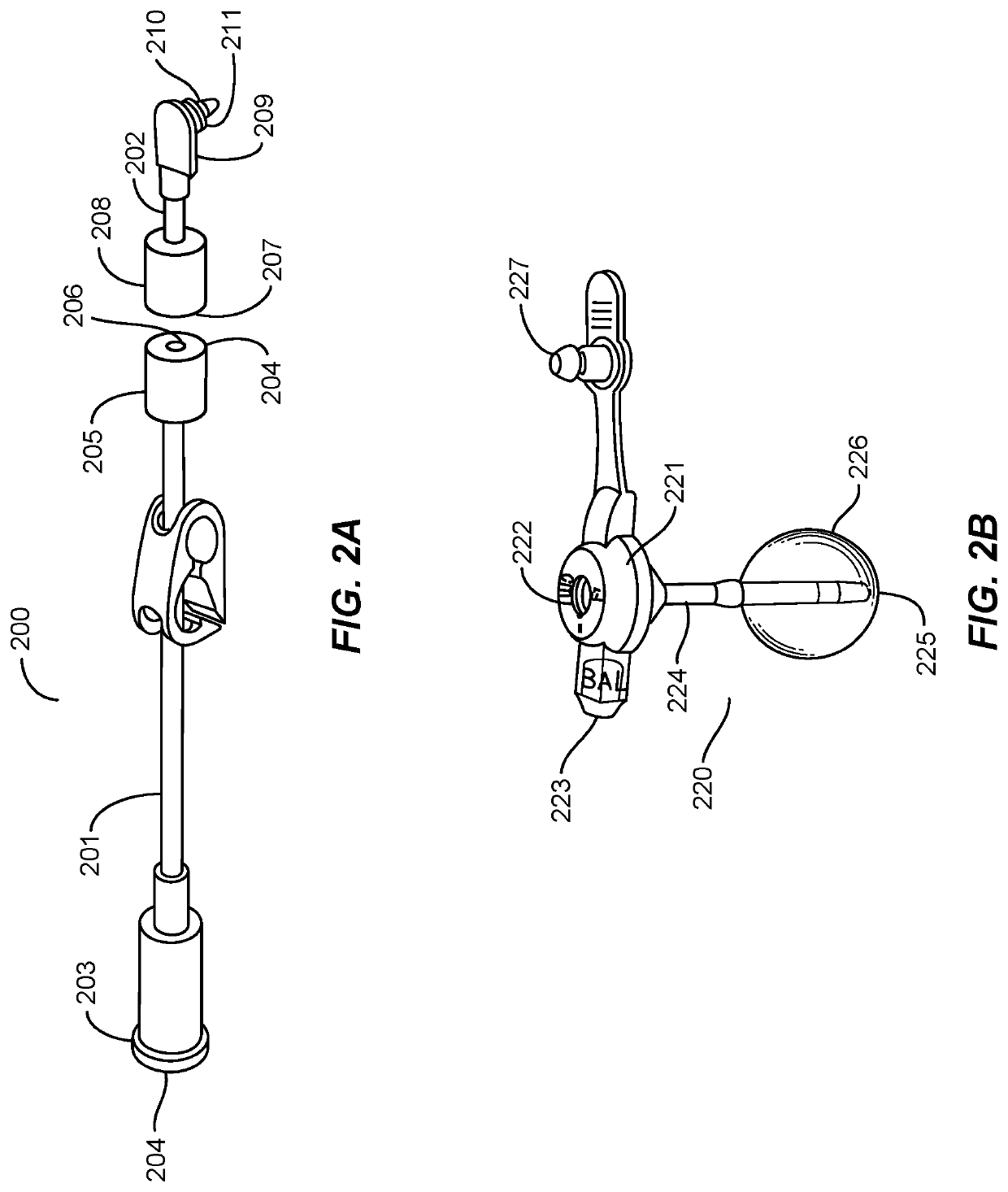Magnetically connected medical tubing
- Summary
- Abstract
- Description
- Claims
- Application Information
AI Technical Summary
Benefits of technology
Problems solved by technology
Method used
Image
Examples
Embodiment Construction
[0015]Medical tubing is often implanted into patients. Some medical tubing, such as feeding tubes and Foley catheters, have adaptions to retain the tubing in the desired position inside the patient. While such retention adaptations are normally useful, they can cause pain or even injury to the patient if the portion of the tubing outside the patient is inadvertently caught on an object and pulls the internal portion of the tubing out of the patient. For example, Foley catheters, which have an inflatable balloon to hold the catheter in a patient's bladder, also have an external section of tubing connecting to a urine collection bag. The external tubing section of a Foley catheter can catch on objects as the catheterized patient is being moved, suddenly jerking the catheter from the patient's bladder and causing injury to the patient's urethra (and, if the patient is a male, to the patient's prostate gland as well). Thus, reducing dislodgement of drainage catheters implanted in patien...
PUM
 Login to View More
Login to View More Abstract
Description
Claims
Application Information
 Login to View More
Login to View More - R&D
- Intellectual Property
- Life Sciences
- Materials
- Tech Scout
- Unparalleled Data Quality
- Higher Quality Content
- 60% Fewer Hallucinations
Browse by: Latest US Patents, China's latest patents, Technical Efficacy Thesaurus, Application Domain, Technology Topic, Popular Technical Reports.
© 2025 PatSnap. All rights reserved.Legal|Privacy policy|Modern Slavery Act Transparency Statement|Sitemap|About US| Contact US: help@patsnap.com


